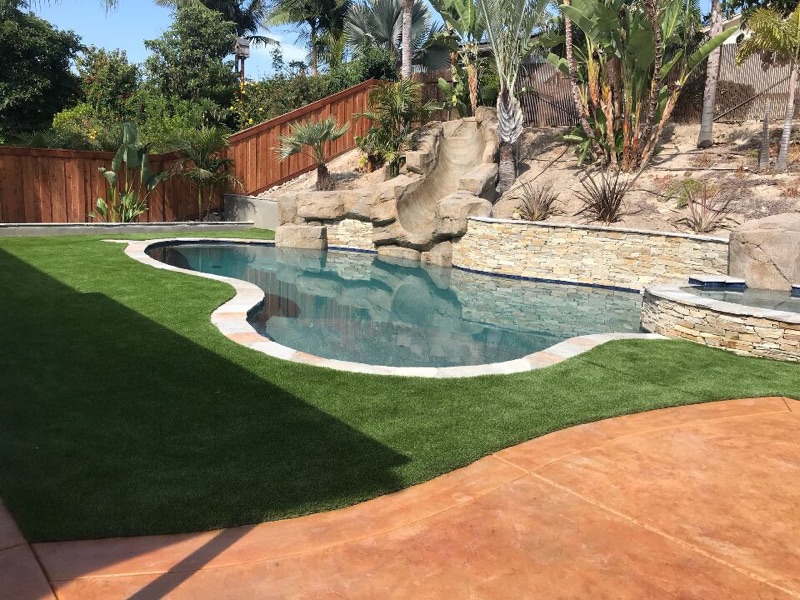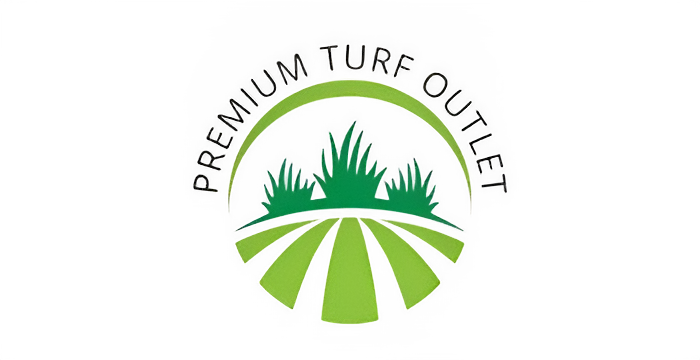

Artificial grass has become an increasingly popular choice for homeowners looking to enjoy the aesthetic appeal of a lush, green lawn without the hassle of regular maintenance. Installing artificial grass may seem like a daunting task, but with the right tools and instructions, it’s a project you can accomplish on your own. In this article, we’ll walk you through the step-by-step process of how to install artificial grass, ensuring a smooth and successful transformation of your outdoor space.
Understanding the Basics of Artificial Grass Installation
Before diving into the installation process, it’s essential to understand the basics of artificial grass and why proper installation is crucial. The quality of your installation will determine the longevity, appearance, and functionality of your artificial lawn. Whether you’re installing artificial grass in a small backyard, a play area, or a larger space, following the correct procedure is key to achieving professional results.
Step 1: Preparing the Ground
Clear the Area
The first step in learning how to install artificial grass is preparing the ground where the grass will be laid. Start by clearing the area of any existing grass, plants, rocks, and debris. This will ensure a smooth surface for the artificial grass and prevent any bumps or lumps.
Excavate the Soil
Once the area is clear, excavate the soil to a depth of approximately 2 to 3 inches. This will allow space for the base materials and the artificial grass itself. Use a shovel or a sod cutter to remove the soil, ensuring an even and level surface.
Install a Weed Barrier
To prevent weeds from growing through your artificial grass, lay down a weed barrier fabric over the excavated area. This fabric acts as an additional layer of protection and ensures that your lawn remains weed-free.
Level the Ground
After installing the weed barrier, it’s crucial to level the ground. Use a landscaping rake to smooth out the surface, removing any high spots or depressions. A level surface is essential for a professional-looking artificial lawn.
Step 2: Installing the Base Layer
Add a Sub-Base
The next step in how to install artificial grass is adding a sub-base, which provides stability and drainage for your lawn. Crushed stone or gravel is typically used as a sub-base material. Spread a layer of the sub-base material evenly over the excavated area, aiming for a depth of about 1 to 2 inches.
Compact the Sub-Base
To ensure a stable foundation, it’s important to compact the sub-base. Use a plate compactor or a hand tamper to compress the sub-base material, making it firm and level. This step is crucial for preventing shifting or settling of the artificial grass over time.
Add a Layer of Sand
After compacting the sub-base, add a thin layer of sand on top. The sand helps to create a smooth surface for the artificial grass and improves drainage. Spread the sand evenly and use a rake to ensure a consistent layer.
Compact the Sand Layer
Just like the sub-base, the sand layer needs to be compacted. Use the plate compactor again to press the sand firmly into place. A well-compacted sand layer will enhance the stability of the artificial grass and ensure a level surface.
Step 3: Laying the Artificial Grass
Measure and Cut the Grass
Now that the base is ready, it’s time to lay the artificial grass. Begin by measuring the area where the grass will be installed. Roll out the artificial grass and, using a sharp utility knife, cut it to fit the dimensions of your space. Be sure to leave a small excess on the edges, which can be trimmed later for a perfect fit.
Lay the Grass in Place
Carefully lay the cut pieces of artificial grass over the prepared base. Ensure that the grass fibers are all facing the same direction for a uniform appearance. Align the edges of each piece as closely as possible to minimize visible seams.
Secure the Seams
To join the edges of the artificial grass pieces, use seam tape and adhesive. Place the seam tape along the edges where the pieces meet, then apply adhesive to the tape. Press the edges of the grass firmly onto the tape, ensuring a tight and secure seam. This step is vital for creating a seamless and natural-looking lawn.
Trim the Edges
Once the artificial grass is laid and the seams are secured, trim the excess grass along the edges. Use a utility knife to carefully cut the grass along the perimeter, following the contours of your space. This will give your lawn a neat and finished appearance.
Step 4: Securing the Artificial Grass
Anchor the Grass
To prevent the artificial grass from shifting or lifting over time, it’s important to anchor it securely. Use landscape spikes or turf nails to fasten the grass to the ground. Place the spikes around the perimeter of the lawn, spacing them approximately 6 inches apart. Be sure to drive the spikes deep enough so that they’re not visible on the surface.
Brush the Grass
After securing the grass, use a stiff-bristled broom or a power brush to fluff up the grass fibers. This will help the grass stand upright and restore its natural appearance. Brushing the grass also helps to evenly distribute the infill material, which we’ll discuss next.
Add Infill Material
Infill material is essential for providing stability, cushioning, and drainage for your artificial grass. The most common infill materials are silica sand and crumb rubber. Spread the infill material evenly over the surface of the grass, using a drop spreader or by hand. Aim for a depth of about 0.5 to 1 inch of infill.
Brush the Infill
Once the infill material is applied, brush the grass again to work the infill into the grass fibers. This step helps the infill settle evenly and ensures that the grass remains upright and resilient.
Step 5: Finishing Touches and Maintenance
Inspect the Lawn
After completing the installation, take the time to inspect your artificial lawn. Check for any loose seams, spikes that need further securing, or areas that require additional infill. Address any issues to ensure a flawless finish.
Water the Lawn
Give your new artificial lawn a light watering to help the infill settle and to rinse away any dust or debris from the installation process. This will also help the grass fibers stand up and give your lawn a fresh, natural look.
Regular Maintenance
While artificial grass requires minimal maintenance compared to natural grass, regular upkeep will keep your lawn looking its best. Periodically brush the grass to keep the fibers standing upright and remove any debris such as leaves or twigs. If you have pets, promptly clean up any waste and rinse the area with water to maintain hygiene.
Common Mistakes to Avoid When Installing Artificial Grass
Ignoring Proper Ground Preparation
One of the most common mistakes when learning how to install artificial grass is neglecting proper ground preparation. Failing to clear the area thoroughly or skipping the excavation and base installation steps can result in an uneven and unstable lawn. Always take the time to prepare the ground correctly for the best results.
Incorrect Measurement and Cutting
Accurate measurement and cutting are crucial for a seamless installation. Rushing through this step can lead to gaps, overlapping edges, or visible seams. Measure twice and cut once to ensure a precise fit.
Not Securing the Grass Properly
Failing to secure the artificial grass with spikes or nails can cause it to shift or wrinkle over time. Make sure to anchor the grass firmly to the ground, especially around the edges, to maintain a smooth and stable surface.
Skipping the Infill
Infill is essential for the performance and appearance of your artificial grass. Skipping this step or applying too little infill can result in a flat, lifeless lawn that lacks cushioning and drainage. Always apply the recommended amount of infill and brush it into the grass fibers.
Overlooking Maintenance
While artificial grass requires less maintenance than natural grass, it’s not maintenance-free. Neglecting regular brushing, cleaning, and inspection can lead to a worn or unkempt appearance. Keep up with basic maintenance to enjoy a beautiful lawn year-round.
Conclusion
Installing artificial grass is a rewarding DIY project that can transform your outdoor space into a beautiful, low-maintenance oasis. By following these step-by-step instructions on how to install artificial grass, you’ll achieve a professional-quality lawn that enhances the beauty and functionality of your property. Remember, proper preparation, careful installation, and regular maintenance are the keys to enjoying a lush, green lawn for years to come.


